THIS WEEK: Writer James Tynion IV returns after a short break from DC Comics to launch Nightmare Country #1 with artist Lisandro Estherren, a new addition to the Sandman Universe. Meanwhile, Suicide Squad: Blaze #2 continues to best Squad story in a very long time.
Note: This piece contains spoilers. If you want a quick, spoiler-free buy/pass recommendation on the comics in question, check out the bottom of the article for our final verdicts.
 Nightmare Country #1
Nightmare Country #1
Writer: James Tynion IV
Artist: Lisandro Estherren
Colorist: Patricio Delpeche
Letterer: Simon Bowland
I have been excited for Nightmare Country #1 since it was first announced. The book’s concept is a strong one. A nightmare is walking the world, and it’s not one that Dream — lord of the Dreaming and protagonist of the seminal comic Sandman — created. To stop this, Dream’s own fiercest nightmare, Corinthian (who has sharp rows of teeth for eyes) is heading out. None of this, however, was what I found most enticing about Nightmare Country #1.
No, the reason I was so into this book upon its announcement was because it seemed like such a natural extension of themes writer James Tynion IV has been contemplating in other work. To me, nobody in comics has better used genre fiction to address the issues of our times than Tynion and his collaborators on The Nice House on the Lake— the Álvaro Martínez Bueno-illustrated book that I think is about how it feels to ride out global calamities in relative comfort — and The Department of Truth — the Martin Simmonds-drawn book that takes on the rise in conspiracy culture and its real life impacts.
Based on the initial cover images alone, Nightmare Country #1 grabbed me because it seemed to promise a wandering through dangerous obsessions and corruptions that had rapidly coalesced in our country, things that had always existed in the United States but had made their presences known more forcefully of late. This line from the preview text felt especially intriguing: “…a journey that crosses all the most terrifying corners of America: the collections of True Crime aficionados, white supremacist militia camps, galleries specializing in the art of horror, and more.”
In this way, Nightmare Country #1 felt like a declaration to explore through comics our shared national nightmares. And, indeed, that seems to be what’s setting up in this first issue, which sort of keeps that teased concept at arms length while reminding us it’s part of the Sandman Universe and introducing us to this story’s new characters in equal measure.
And I think Nightmare Country #1 is mostly a success. This first issue opens with a contemplation of recurring dreams, of the subconscious desires and shames that linger with us and span lifetimes. It’s all talking head stuff for about three pages, but artist Lisandro Estherren (colored by Patricio Delpeche) elevates this intro with visual choices like a gorgeous wide establishing shot of New York City, as well as a shade that slowly creeps upon the face of our protagonist as she unpacks her thinking about dreams and nightmares. The opening is haunting and complex and relatable. It’s strong.
Our protagonist delivers a monologue about how her desire (admittedly a bit juvenile) to impress bygone mean schoolmates has now fallen away a bit under an assault of the guilt she feels about her artistic lifestyle being inadequate (and possibly even at odds with) to saving the environment. After delivering this, she glimpses a haunting nightmare amid a party at a trendy NYC gallery space. It’s essentially a one-two punch of an idea introduced with dialogue that is then accentuated with visual metaphors, possibly real and definitely scary. It’s a good tone-setter for the book.
The center of this first issue then gives us an introduction of Corinthian, done artfully by the team to effectively prep new readers while also reminding Sandman veterans about this character. Finally, our third act segues to a first glimpse of the scariest villains in a book filled with them — Mr. Agony and Mr. Ecstasy — a duo so well-suited for a Sandman comic that you might find yourself wondering if this was really their first appearance (or if maybe you’d seen them in your own dreams). We end on the pair setting out for New York City, putting everyone we’ve met in these first 23 pages or so on a collision course.
In that way, the book both met my expectations and surprised me. It’s very early for guesses like this, but my initial reading here is that this book is interested in shared nightmares, in common fears and how they effect us, how we process them, how they shape our lives and by extension our country. That’s the subtext I was picking up, anyway. More importantly though, I quite enjoyed this book’s veneer, which capitalized and paid homage to the horror roots of the original Sandman comics without feeling redundant or derivitive. And I think that owes to the prowess of the creative team. As mentioned, Tynion’s script is well-done and Estherren/Delpeche bring so much to it, nailing the ominous tones and haunting set pieces. And, finally, it’s all unified by the lettering of Simon Bowland, who continues to build on the original blueprint for the Sandman comics as rendered by the great Todd Klein (is it even a Sandman comic if there’s not at least some white on black lettering?).
All told, I enjoyed Nightmare Country #1 quite a bit. It’s a great read on its own merits, made even better when taken in the context of the tradition it continues and the contemplation of subconscious horrors it promises to come.
Verdict: Buy
The Round-Up
The Batgirls comic remains a romp. The artwork by Jorge Corona with colors by Sarah Stern really gives this book a unique feeling, and one that perfectly fits the way that the team of Becky Cloonan and Michael W. Conrad are scripting this series. There’s a bit of fun to this story as well as a jokey tone, but the plot isn’t sacrificing any stakes or drama, as these kinds of superhero books often do. Instead, this is the Bat-family book that is most directly addressing the ongoing fallout of the Fear State event. It’s all very good. Oh! And I’d be remiss if I didn’t note how good Becca Carey’s lettering has been in this series, with touches like coloring caption boxes to let readers know which Batgirl is narrating.
I’ve previously written about Suicide Squad: Blaze, specifically about how much I enjoyed it. And nothing changes this week with Suicide Squad: Blaze #2. This book is such a great combination of interesting concept, fun character work, and truly excellent artwork and scripting. Aaron Campbell — who is colored here by Jordie Bellaire — does some really outstanding things in this comic around the nebulous nature of the shared power source that is charging up our heroes and also fueling their foe. Meanwhile, Spurrier’s scripting in this issue is among the best I’ve read in a superhero comic all year, touching on everything from the infinite nature of telling stories to the psychology of co-dependence. This book is going to check the superhero boxes with a new concept for the Squad, while also aspiring to be something deeper and find more honesty than this sort of corporate IP story typically does. It’s outstanding work.
And then there’s Flashpoint Beyond #0. Quite frankly, not a fan of this one. It continues the adventures of the Flashpoint Batman, Thomas Wayne, who to me has always felt like a story-specific character that functioned well enough for his time but does not need to pop up in his third of fourth new plot in as many years. The concept of this one is that the Flashpoint Universe has returned, with only Thomas remembering that it’s not supposed to be this way. There’s an opening sequence set in what seems like the regular DC Universe, and it alludes to a bunch of DC Comics oddities, from the off-page scuttled plans for 5G (which is about as insider-y as it gets and really doesn’t need to appear on page in a story) to Doomsday Clock, a book once billed as unifying the future of the DC line before sort of being shuffled off to the side, where it feels almost entirely out of continuity (though your mileage may vary). All of this together rings hollow and is somehow less than the sum of its parts, like a meal that tries to combine the things left in the fridge that didn’t work well on their own merits, a combination of botched recipes. Feel free to pass on this one.
Miss any of our earlier reviews? Check out our full archive!


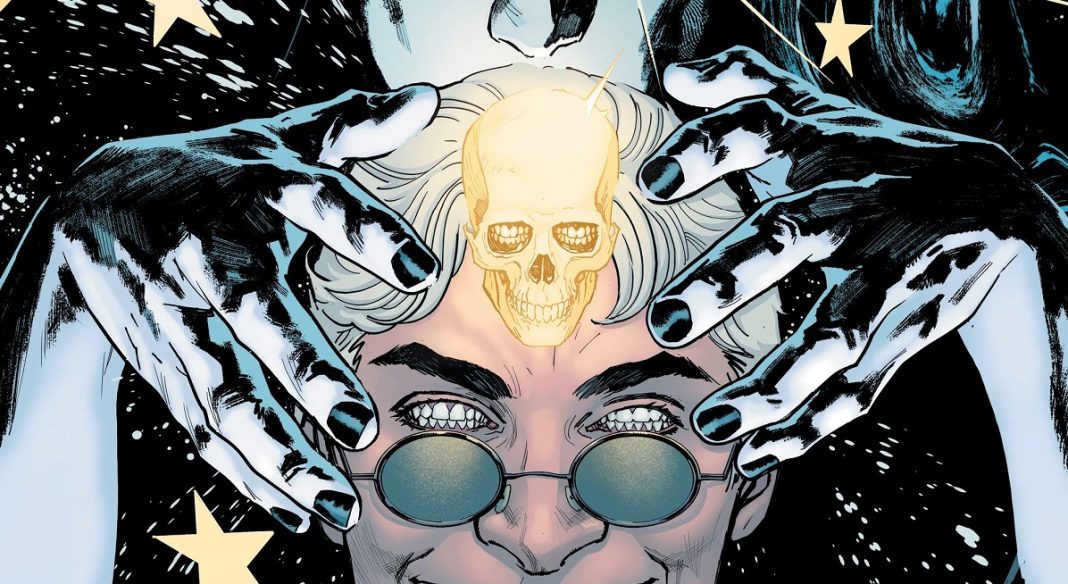
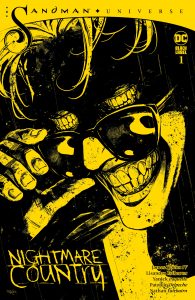
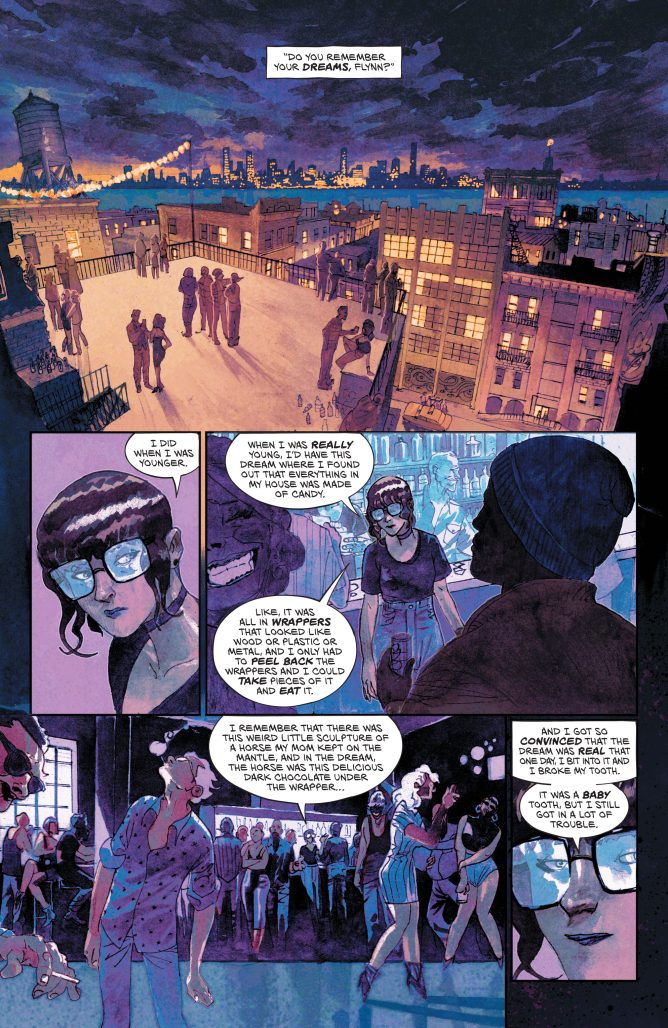
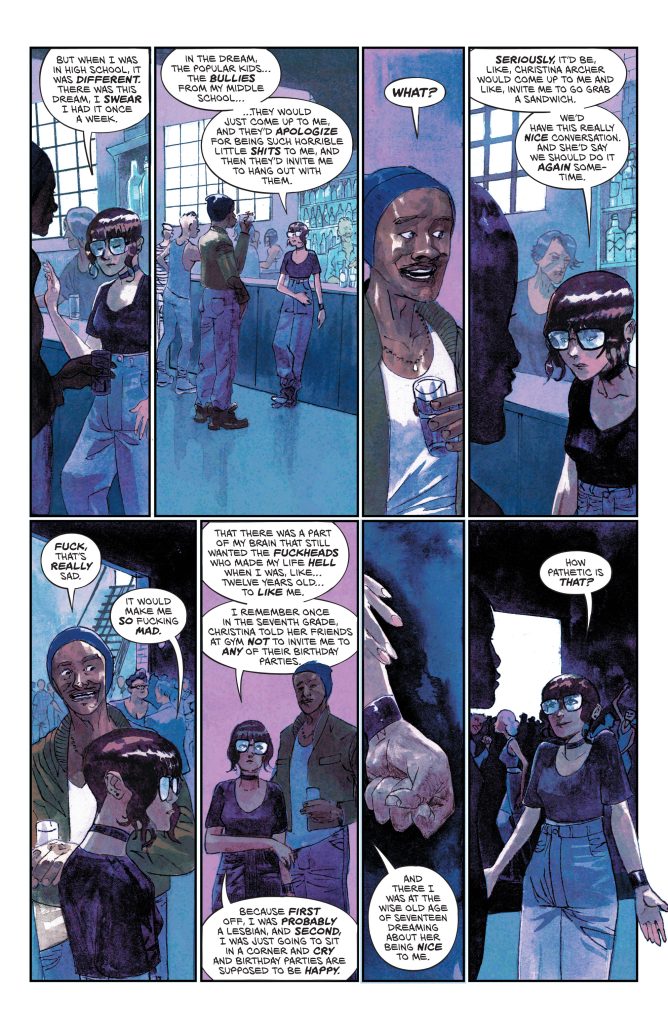
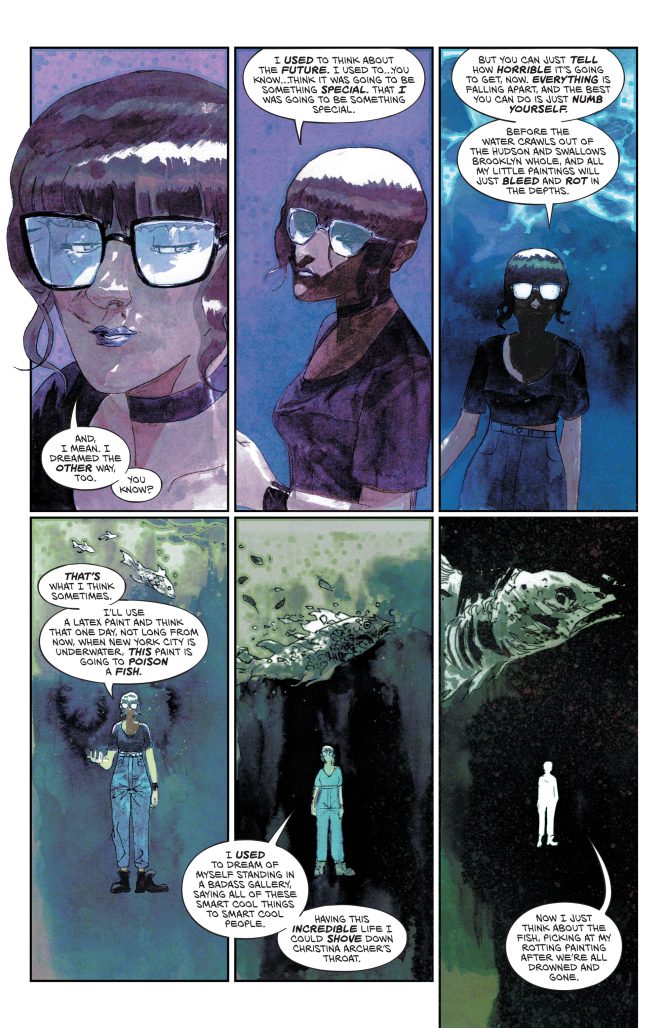
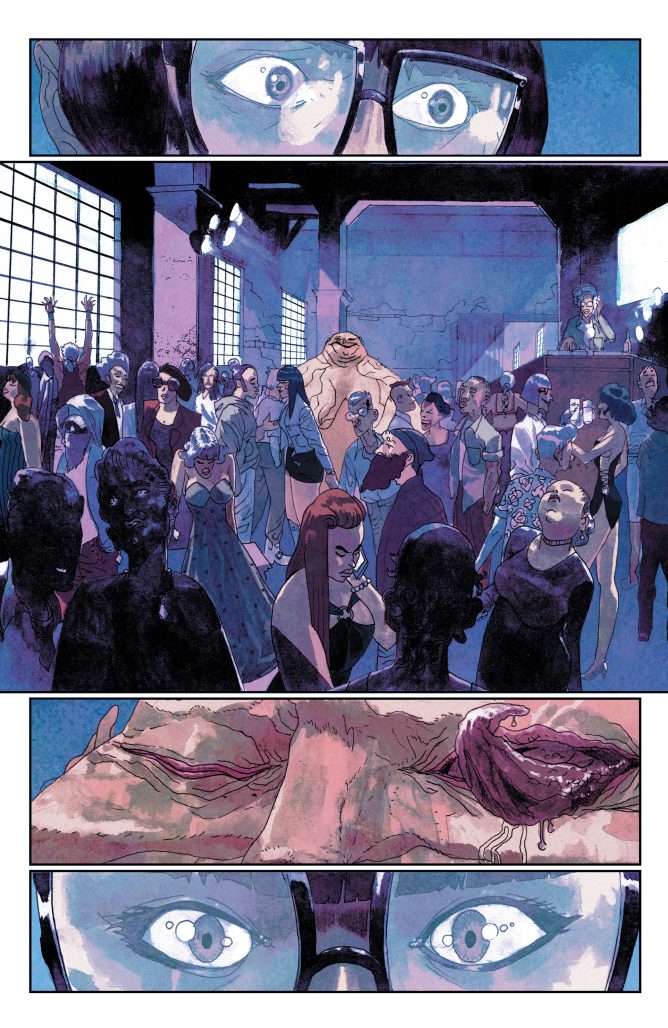
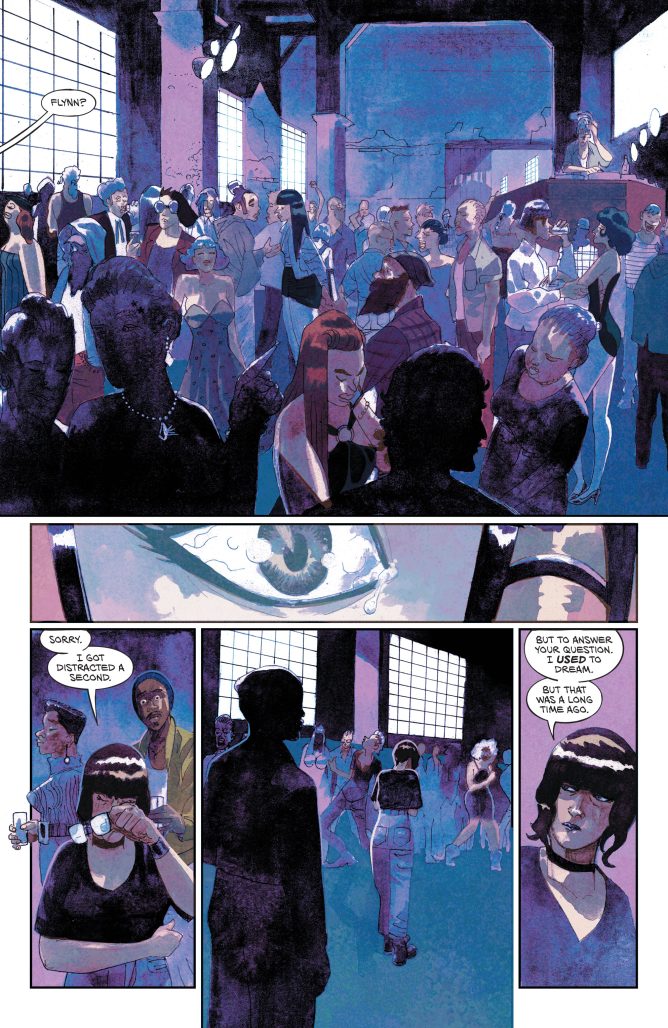
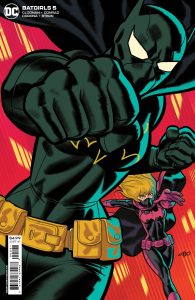
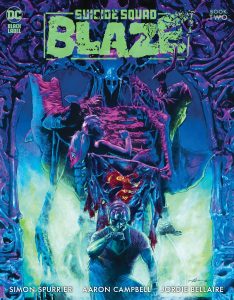
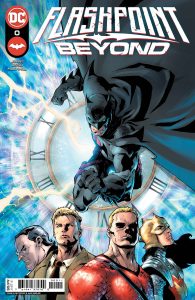
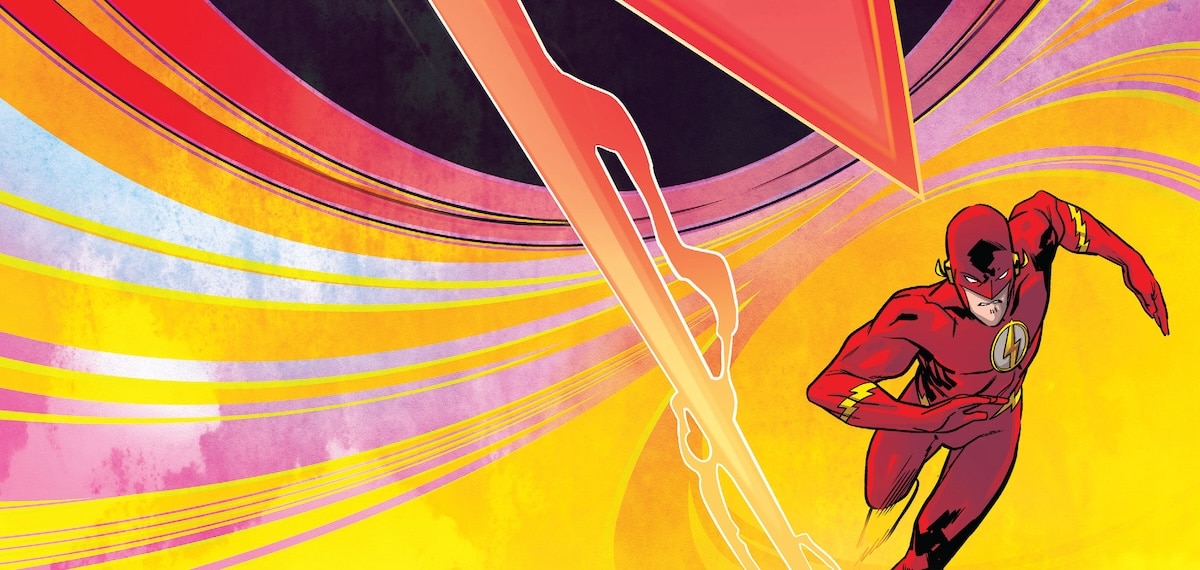





In other news, Jon Kent remains the dullest character in comics.
Comments are closed.